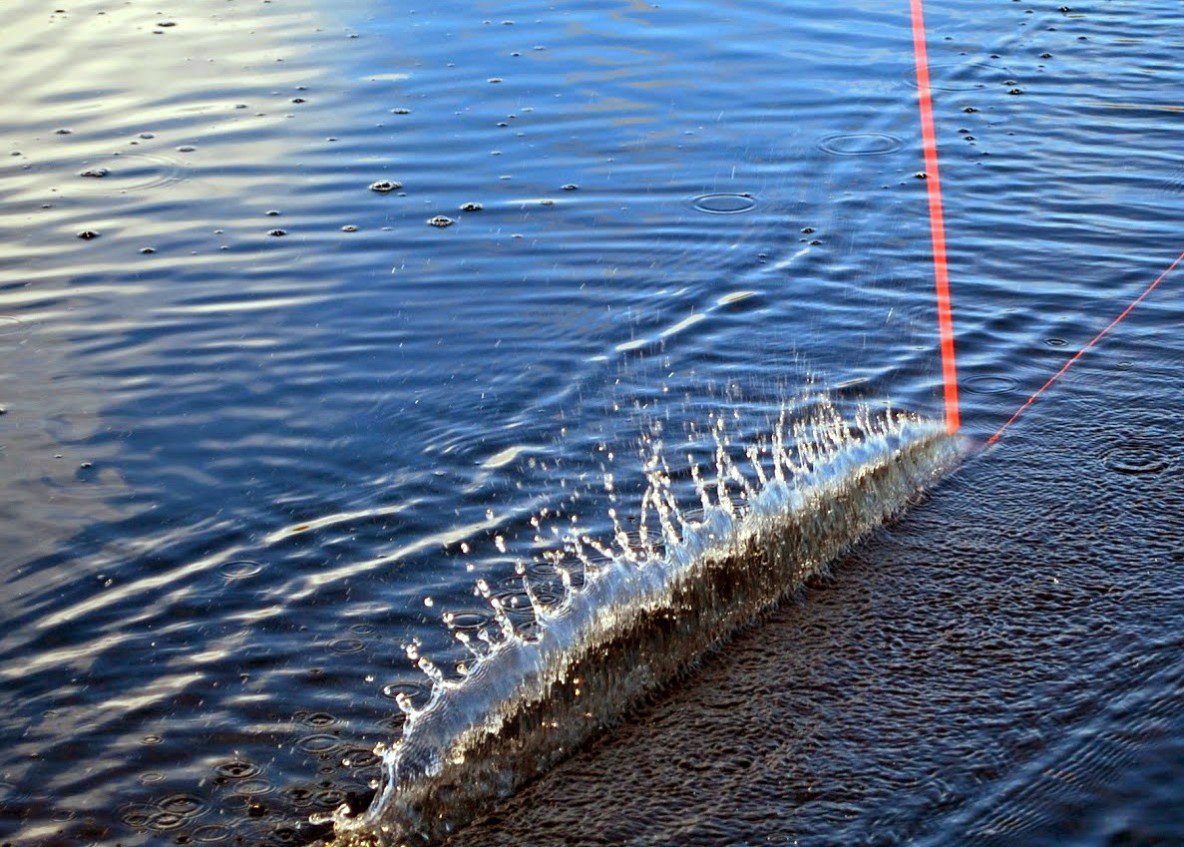For those getting started with spey casting and really for just about everyone for that matter, it is a very good idea to practice spey casting on the grass or turf. Why? Casting on the grass is convenient. Most everyone has grass nearby. It may be your lawn, a park or a nearby school. For most people the grass in …
Switch and Spey Casting Primer: Part III – The Forward Cast
The Forward Cast Before looking at individual types of spey casts, which are change of direction casts, let’s look at the most fundamental part, the stroke common with all spey casts, which is the “Forward Cast”. The forward cast is such an important portion of all Spey Casts that the fundamentals of the forward cast really should be looked at …
Switch and Spey Casting Primer: Part II – Anchor Groups
Anchor Groups In this article, Switch and Spey Casting Primer – Part II, I want to discuss Anchor Groups. The anchor for your spey cast is the portion of line that is lying on the water once you form your “D Loop”. All spey casts will fall into one of two anchor groups, either the waterborne anchor group or the …
Spey and Switch Rod Casting Primer – Getting Started
When you first start to get ready to start spey casting you need to have some “Practice Casts” at your disposal. These are straight line casts. To get you prepared I’m putting together a series of articles to create a “Spey and Switch Rod Casting Primer”. The Primer will cover the basic principals of spey casting and the execution of …
The Snap T Cast – Spey Casting 101
The “Snap T Cast” is a two directional cast. One in which the fly will anchor on the upstream side of the caster. Therefore this cast provides a level of safety when you encounter an upstream wind. This will prevent you from wearing an “Intruder Fly” earring. This cast also is good when you encounter limited backcast room. This cast can be …
The Double Spey Cast – Spey Casting 101
The “Double Spey” is a two directional cast. One in which the fly will anchor on the downstream side of the caster. Therefore this cast provides a level of safety when you encounter an downstream wind. This will prevent you from wearing an “Streamer” as an earring. This is one of the easier spey cast to master. It can be done at …
The Switch Cast – Spey Casting 101
The “Switch Cast” is also referred to as the “Forward Spey Cast” is is like an energized Roll Cast. Unlike the Roll Cast, the line never stops moving and is in constant tension. Like a Roll Cast, a “D” loop of line forms behind the rod tip, and the forward loop rolls out above the surface of the water. This …





